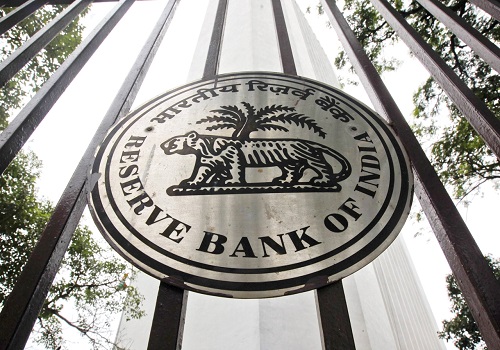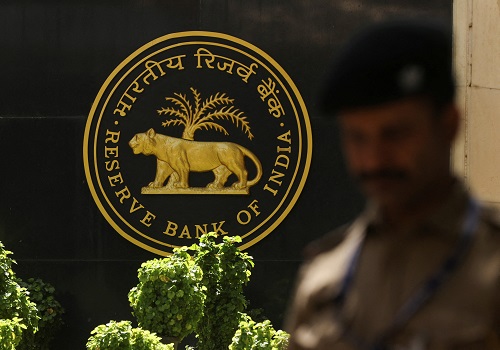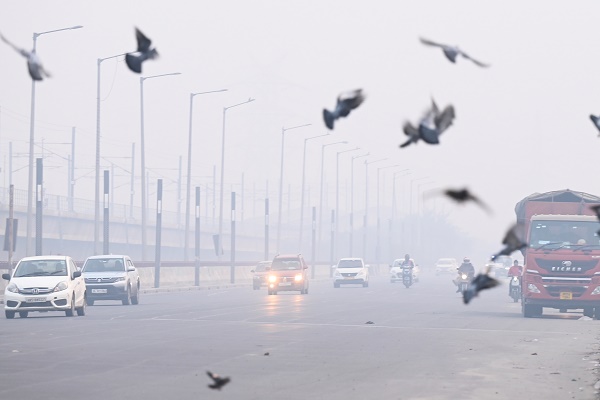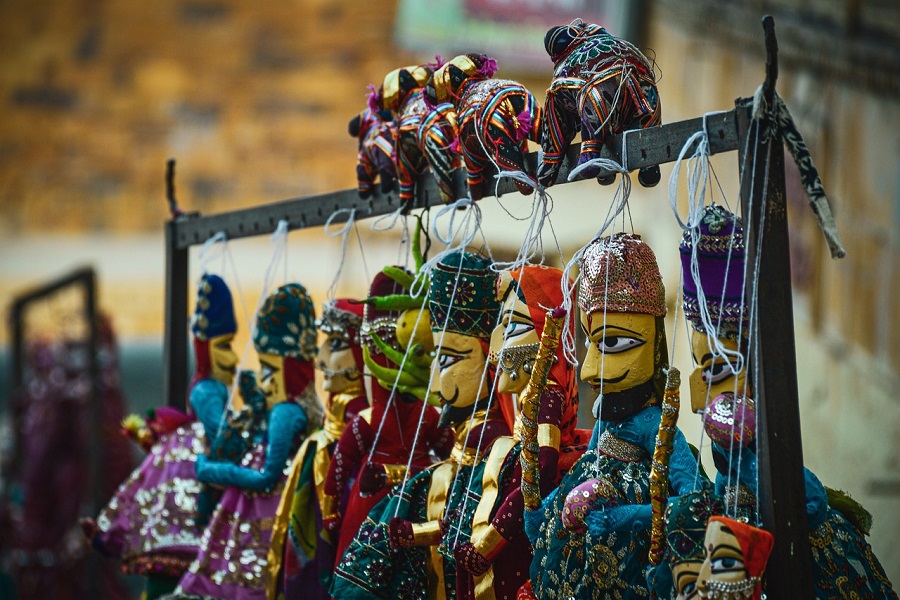Borobudur Temple: Indonesia`s Majestic Buddhist Wonder
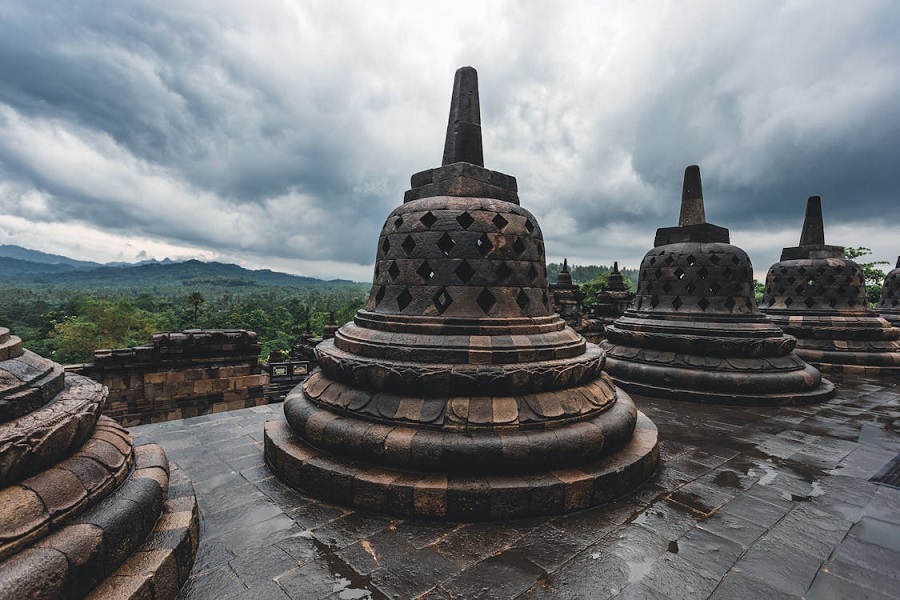
Borobudur Temple, the world’s largest Buddhist monument, is a breathtaking architectural masterpiece located in Central Java, Indonesia. Built in the 9th century during the reign of the Sailendra Dynasty, this UNESCO World Heritage Site is a symbol of Indonesia’s rich cultural and religious heritage.
Architectural Marvel of Borobudur
Borobudur is designed as a massive step pyramid with nine stacked platforms, crowned by a central dome. The temple features over 2,600 intricately carved relief panels and 500 Buddha statues, depicting the journey toward enlightenment.
Key Highlights
The Stupas: 72 bell-shaped stupas encircle the main dome, each containing a Buddha statue.
Relief Panels: Narrate Buddhist teachings and Javanese history, making it the largest Buddhist relief collection in the world.
Sunrise at Borobudur: One of the most mesmerizing experiences, where the first light of dawn illuminates the temple, creating a mystical aura.
Pilgrimage Route: Pilgrims follow a symbolic path through the three levels of the temple—Kamadhatu (desire), Rupadhatu (form), and Arupadhatu (formlessness)—representing the stages of enlightenment.
Best Time to Visit
The ideal time to visit Borobudur is during the dry season (April–October). The early morning sunrise tour offers a serene and magical experience.
How to Reach?
By Air: Yogyakarta International Airport (YIA) is the nearest major airport.
By Train: Yogyakarta and Magelang stations provide easy access.
By Road: Buses and private transport connect Borobudur with nearby cities.
Why Visit Borobudur Temple?
Borobudur Temple is not just a historical monument but a spiritual sanctuary that attracts travelers, history enthusiasts, and Buddhists worldwide. Its grandeur, intricate artistry, and spiritual significance make it one of Southeast Asia’s must-visit destinations.
